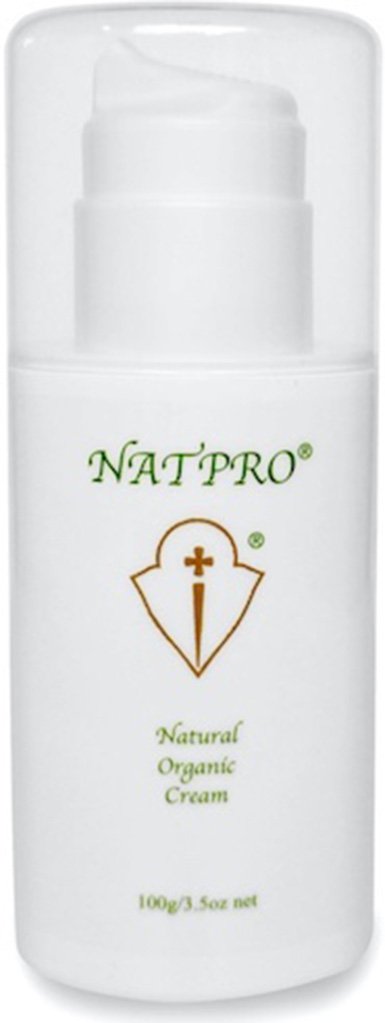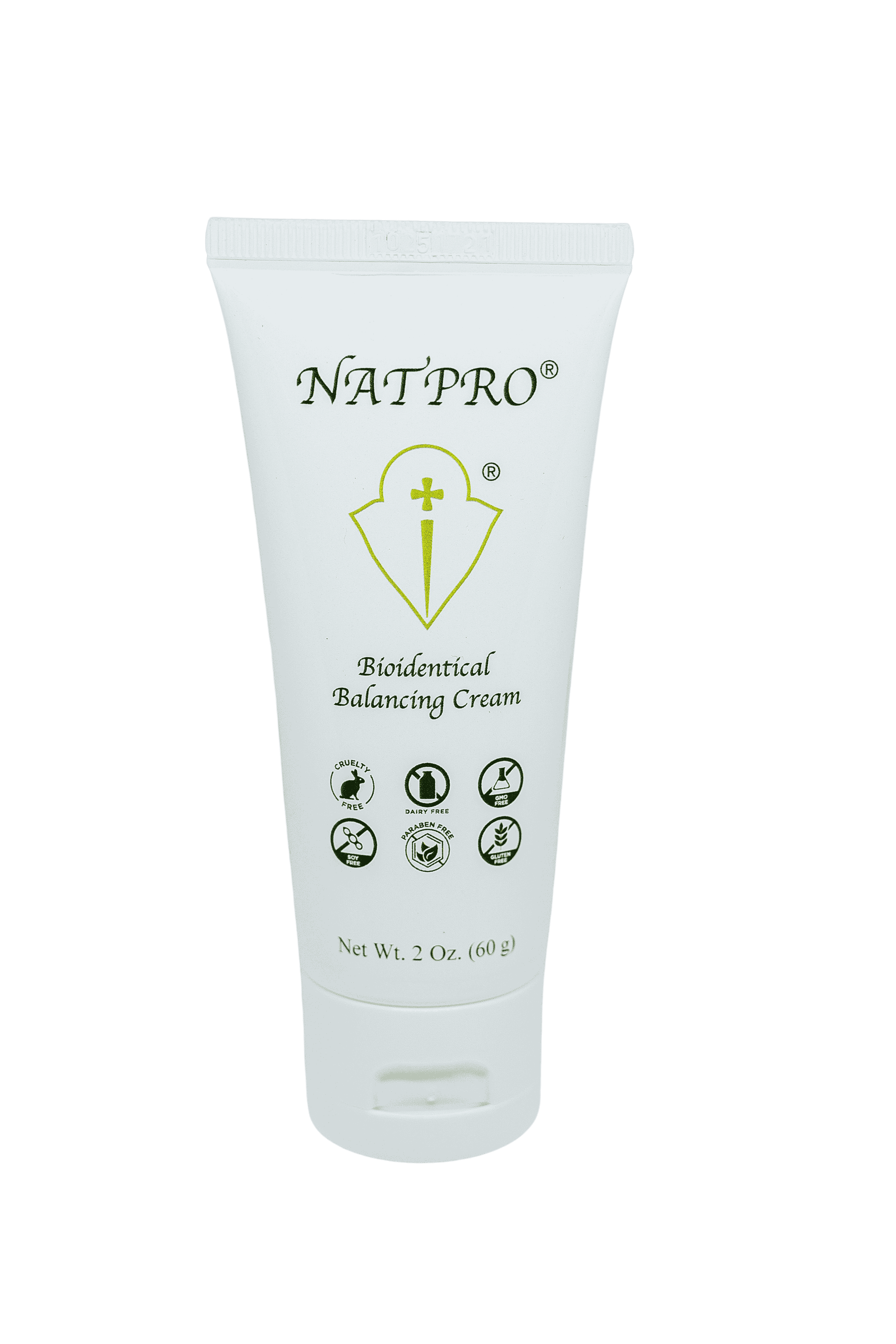HRT
Synthetic oestrogen and, increasingly, bio-identical oestrogen, has been prescribed (as HRT) to women since the 1950's to alleviate some of the symptoms of menopause. By the mid sixties it was being touted as the saviour of the menopausal woman, keeping her "Feminine Forever" which is the title of a book by Dr Robert Wilson.
Wyeth Ayerst produced the first conjugated oestrogen called Premarin, standing for 'Pregnant Mare's Urine'. It is, as the name suggests, made from pregnant mare's urine. The pregnant horses, some say as many as 80,000, are kept tethered in stalls for six months of the year, fed little water to concentrate the urine, which is collected in bags held under the horses tails. The urine is then processed to yield various hormones, only 40% being human hormones, the potent remainder being horses hormones. It's no wonder most women do not do well on it. About 15% of US women were using it by 2003, and those who do only stay on for an average of one year. The figure now is thankfully much lower.
Initially only oestrogen was given, but then an alarming increase in endometrial cancer in the 1970's was observed. A study published in the New England Journal of Medicine, (NEJM) in 1976 noted the increase was greater than 10% in some areas. But for women in middle age the increase varied between 40 to 150%.
As early as 1976 an increase in breast cancer was found, yet oestrogen is still recommended for menopause symptoms. An article in Medline cited a study that followed 1891 women for 12 years. Expecting to find 39.1 women to have developed cancer over that time, they found instead 49 had, giving a relative risk of 1.3%. This increased to 2.0% after 15 years. As any woman who has had cancer will confirm the benefits are not worth the risks.
So HRT or 'hormone replacement therapy' was born. Synthetic progesterone, commonly known as 'progestin' or 'progestogen', was added to the oestrogen to lessen the risk of endometrial cancer. In the excitement of finding a solution to the rise in endometrial cancer, the rise in breast cancer was conveniently overlooked. For further recent studies see here, here and here.
In July 2002, the Women's Health Initiative (WHI) was stopped early as it had revealed that HRT caused an increased risk in both heart disease (higher risks of stroke, heart attack, and blood clots) and breast cancer. About 50% of the users stopped taking the drug. See here, here, here and here.
Watch this short but very informative video...
The good news though is that in 2003 breast cancer rates fell 7% overall and in the 50-69 age group by 12%.
The drop is all the more interesting as breast cancer rates had increased 30% from 1975 to 2000.
The WHI study also found that both oestrogen alone or combined with a progestin increased the risk of urinary incontinence.
Between 1996 and 2001 The Million Women Study in the UK found risks were significantly increased for oral, transdermal, and implanted oestrogen-only, but substantially greater for oestrogen-progestagen. The risk increased for breast, ovarian and endometrial cancer.
HRT was also found to increase fibroid volume within the first 2 years of use.
In 2003 the University of Wisconsin found the use of HRT was associated with a 7% increased risk of endometrial cancer per year of use.
An interesting study was conducted in Brazil in 2004 where it was found transdermal oestrogen combined with 100mg vaginal progesterone did not increase the risk of hypertension, and did not affect thrombin, renin or aldosterone levels.
A similar 2004 study in France found a significantly greater risk with HRT containing synthetic progestins, than with HRT containing micronized progesterone.
C-reactive protein (CRP) is a marker for inflammation and is a risk factor for heart disease. In 2004 a study in Italy found a 66% increase for oestrogen only users and a 112% increase for those using a combined hormone replacement therapy.
The 2005 Nurses' Health Study found users of HRT had statistically significantly higher oestradiol, free oestradiol and testosterone than non users. The study revealed that plasma sex hormone concentrations were associated with breast cancer risk among HRT users. They also found a 78% higher risk for developing urinary incontinence.
Further results from the WHI found that after 5 years of taking HRT (Prempro) cognition was impaired and the risk for dementia was doubled.
By 2007 it was found that combined oestrogen plus medroxyprogesterone acetate resulted in insulin resistance.
A follow up study of the WHI in 2008 found women who had taken HRT remained at higher risk of breast cancer for three years after stopping. But women taking HRT for one year had a 4% greater risk of having a mammogram with abnormalities and an 11% greater risk after five years. This compromises the results leading to unnecessary biopsies.
In 2009 a study was conducted in Denmark on women between the ages of 50 to 79, checking national registers between the years 1995 to 2005. They concluded "Regardless of the duration of use, the formulation, oestrogen dose, regimen, progestin type, and route of administration, hormone therapy was associated with an increased risk of ovarian cancer."
The Lancet published a study in 2009 which found that although HRT did not increase the risk of lung cancer, it increased the number of deaths.
A review by the Cochrane Incontinence Group in 2010 found that both conjugated equine oestrogen and a oestrogen/progestogen combination caused significant worsening of incontinence.
A 2010 study found HRT increased the incidence of kidney stones (nephrolithiasis). This finding was independent of progestin administration, ie it was caused by oestrogen alone.
A 2012 paper found that oestrogen negatively regulates epithelial wound healing. Whether it's taken or via topical application. Although the study was conducted on the epithelium covering the cornea of the eye, it could go some way to explaining the far higher incidence of inflammatory diseases in women. One of which is Sjogren's syndrome, the symptoms of which are inflamed and extremely dry eyes. Interestingly high oestrogen levels have been found in Sjogren's.
Another 2012 paper found that the lungs of healthy mice contained high levels of oestrogen metabolites known as 4-hydroxy-oestrogens (4-OHEs), which are carcinogenic. They help promote cell growth, plus generate free radicals which damage cells. The addition of tobacco smoke raises the incidence of cancer.
So HRT, either oestrogen alone, but particularly combined with a progestin, increases the risk of...
- breast, ovarian and endometrial cancer
- heart disease including strokes, clots and heart attacks
- fibroid growth
- C-reactive protein (a marker for inflammation)
- incontinence
- impaired cognition and dementia
- insulin resistance
- abnormal mammograms
- deaths from lung cancer
- shielding breast cancer cells from the immune system
- kidney stones inhibits wound healing
None of this is surprising as oestrogen is a mitogen, causing cells to divide and multiply, including fat cells. But fat cells are the main non-ovarian site for oestrogen production in the body. Breast cancer survivors whose bodies make the least oestrogen have the best chance of avoiding the cancer recurring. This in fact applies to all diseases where oestrogen is in excess.
Oestrogen is an excitatory hormone, which if in excess causes inflammation, water retention and an increase in MMP's (enzymes that break down tissue). MMP's and oestrogen are high in cancer and inflammatory diseases such as arthritis, lupus, endometriosis, in fact all autoimmune diseases. Not only that but it's been found that oestrogen also shields breast cancer cells from the immune system.
Progesterone suppresses excess oestrogen, it's been used successfully in treating some cancers. It has shown beneficial effects for...
- Alzheimer's
- lupus
- arthritis
- endometriosis
- heart disease (it reduces thrombin by 10-15% so preventing clots forming and it prevents lipid peroxidation and atherosclerosis)
It also stimulates the production of anti-inflammatory cytokines so aiding in reducing inflammation.
Avoid oestrogen in any form, even bio-identical, it's still oestrogen. Unfortunately there are now over 90 oestrogen mimics in the environment. They are in our food, water, air and the skin care we all use, particularly sunscreens, which are some of the most toxic of all. Please read all labels and use the EWG web site to check for toxins in skin care, Our Stolen Future for oestrogen mimics, and Sunumbra for sunscreens.
For more info on oestrogen please see Contraceptives and Contraceptives Research Papers.
Reference sites
Reference papers
PLoS Med 7(9): e1000335
The Haunting of Medical Journals: How Ghostwriting Sold "HRT"
MedPage Today May 2012
Estrogen a Culprit in Inflammatory Bowel Disease
Arch Gynecol Obstet. 2011 Sep;284(3):749-55
Epilepsy and menopause
Women's Health Initiative Dec 2011
WHI PUBLICATIONS Updated
Arch Intern Med. 2008 Feb 25
Estrogen plus progestin and breast cancer detection by means of mammography and breast biopsy
Am J Physiol Regul Integr Comp Physiol. 2011 Mar 16
Chronic estradiol-17{beta} exposure increases superoxide production in the rostral ventrolateral medulla (RVLM) and causes hypertension: reversal by resveratrol
AIM Vol. 170 No. 18, October 11, 2010
Postmenopausal Hormone Use and the Risk of Nephrolithiasis
JAMA. 2009;302(3):298-305
Hormone Therapy and Ovarian Cancer
Int Rev Neurobiol. 2008;83:385-95
Issues for mature women with epilepsy
JAMA. 2005 Feb 23;293(8):935-48
Effects of estrogen with and without progestin on urinary incontinence
NATIONAL INSTITUTES OF HEALTH July 9, 2002
NHLBI Stops Trial of Estrogen Plus Progestin Due to Increased Breast Cancer Risk, Lack of Overall Benefit
JAMA 2002;288(3):321-333
Risks and Benefits of Estrogen Plus Progestin in Healthy Postmenopausal Women
JAMA 2002;288(3):366-368
Failure of Estrogen Plus Progestin Therapy for Prevention
Human Reproduction, Vol. 15, No. 5, 1028-1036, May 2000
Safety and efficacy of for symptoms of natural or surgically induced menopause
Epilepsy Volume 40, Issue 10, pages 14021407, October 1999
The Effect of Menopause and Perimenopause on the Course of Epilepsy
Fox Chase Cancer Center April 3, 2012
Scientists at Fox Chase Discover Link between Estrogen and Tobacco Smoke
The FASEB Journal vol. 26 no. 4 1506-1516
Estrogen negatively regulates epithelial wound healing and protective lipid mediator circuits in the cornea
BMJ 2020;371:m3873; 17 September 2020
Use of hormone replacement therapy and risk of breast cancer: nested case-control studies using the QResearch and CPRD databases

